We have recently started a series of webinars looking at all things wild flower. Our most recent webinar was on the subject of using wild flowers on green roofs and we hope it is helpful to follow this up with a blog on the subject.
I will follow the running order of the webinar and keep the blog brief. To get more detail follow the link at the end of the blog and listen to the webinar. If there are any questions please do not hesitate to call us for more information.
There are now many customers using wild flowers on green roofs as an alternative to sedum matting.
From castles to bike sheds!
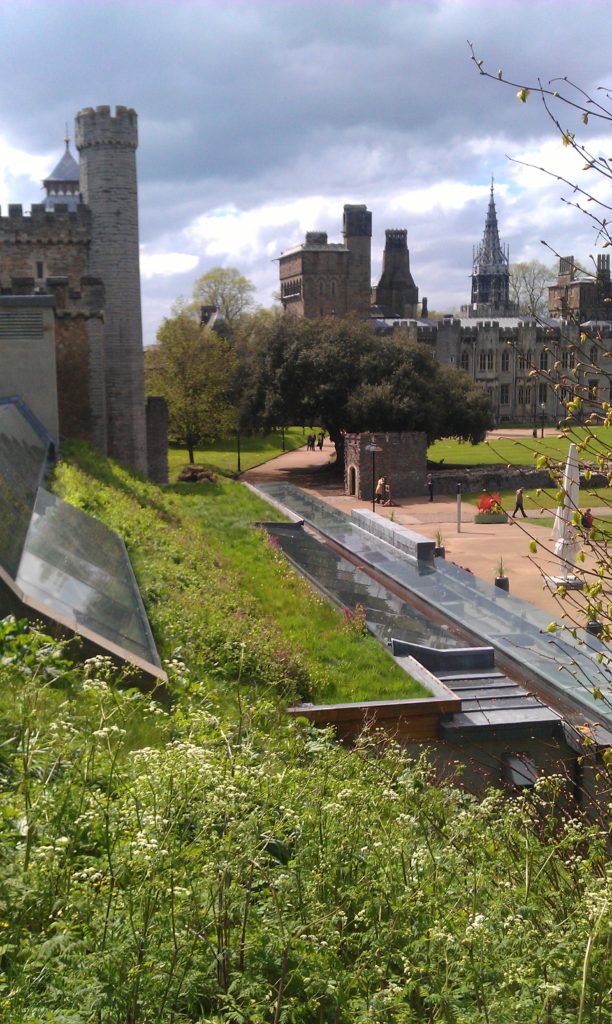
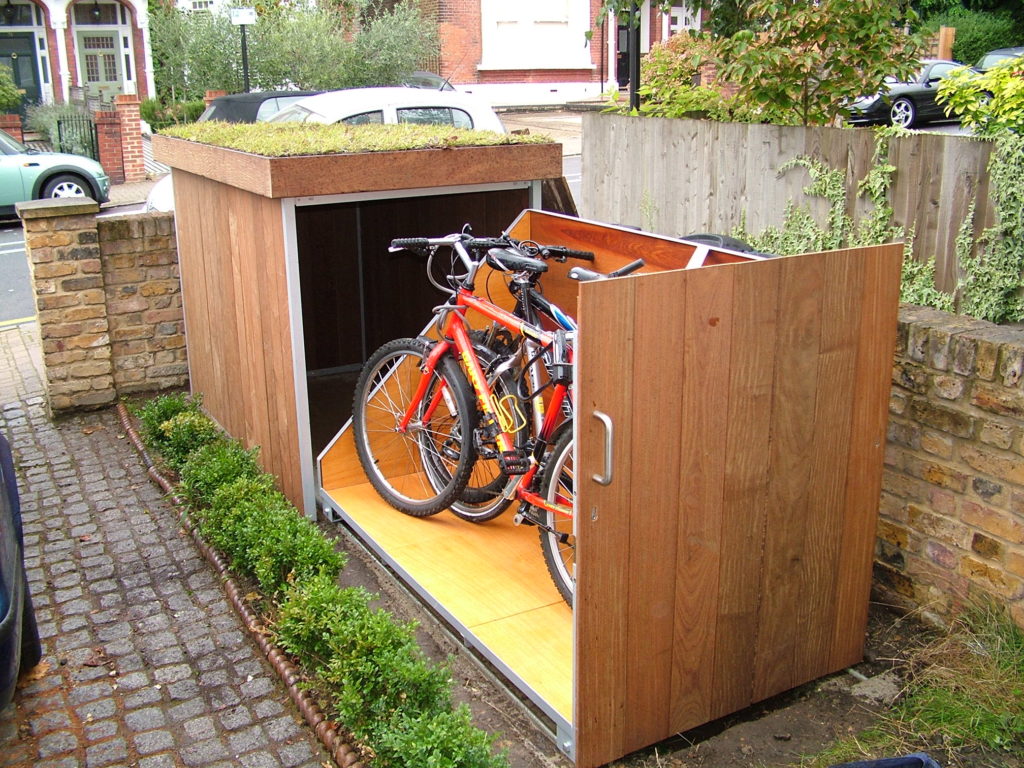
The key to any green or living roof is to first make sure it does what it is supposed to do i.e. be a waterproof roof that is insulated where necessary.
To do this well the important considerations are:
- Get the design right – plan its shape, slope, planting, access for maintenance, general build up including growing media and irrigation if required.
- Installation – all materials from waterproofing and its protection to substrate to drainage boards.
- Maintenance – all ongoing maintenance and a specification for this for long term success needs scheduling.
Including wild flowers on a green roof opens up wider opportunities
Develop biodiversity
Using a species rich mix of wildflowers on a roof you will improve biodiversity and benefit wildlife as these pie charts show:
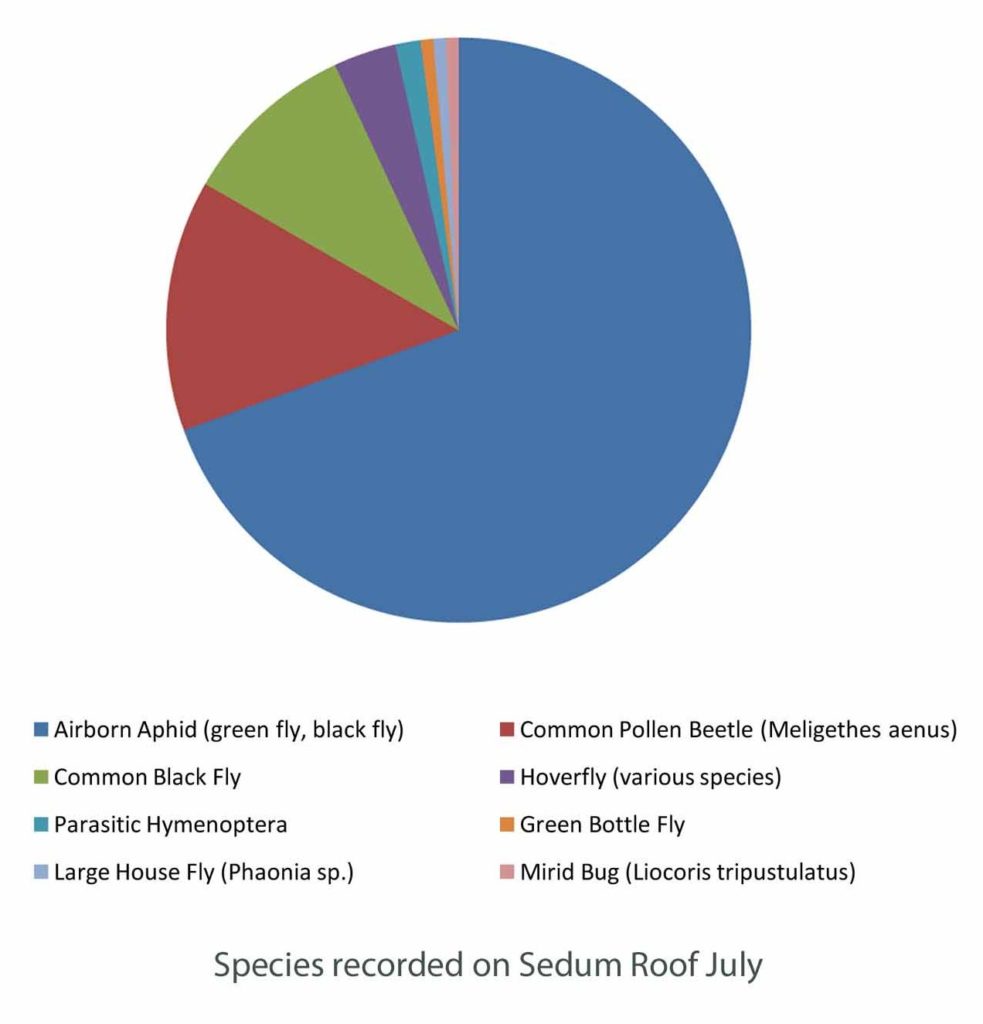
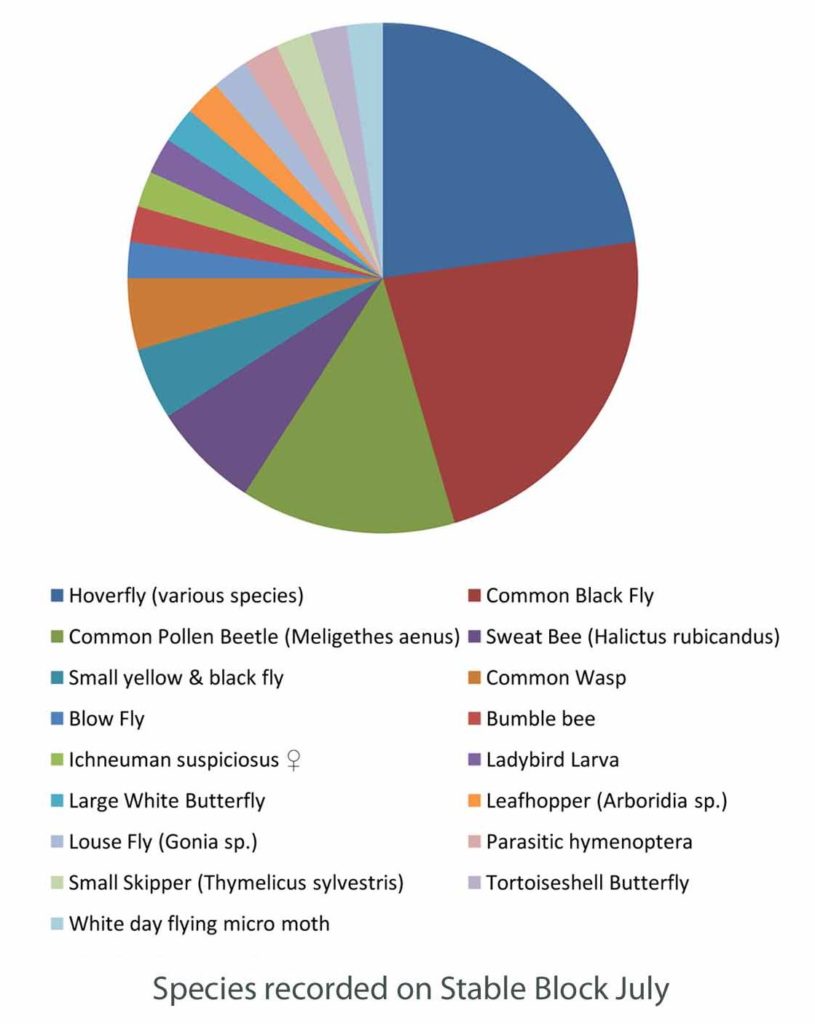
Meet regulatory requirements
A green roof will help to meet many green regulations from helping with planning permission (councils have a duty to maintain and enhance biodiversity) to Biodiversity Net Gain (any new development must improve biodiversity by 10% as a mandatory and audited target from 2020) to Sustainable Drainage Systems (the Welsh Government have launched legislation from 7 Jan 2019 that all new developments of more than 1 dwelling house or where the construction area is 100m² or more will require SUDS for surface water).

Improve Health and Wellbeing
It has been well tested and documented that Green infrastructure can make a significant contribution to improving peoples psychological and physical health and well-being.
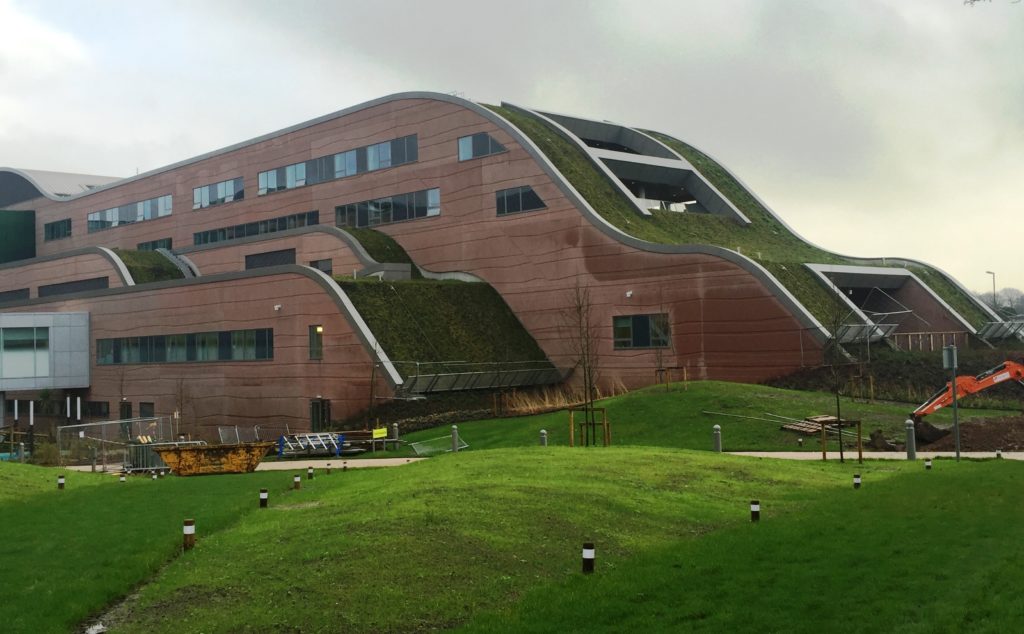
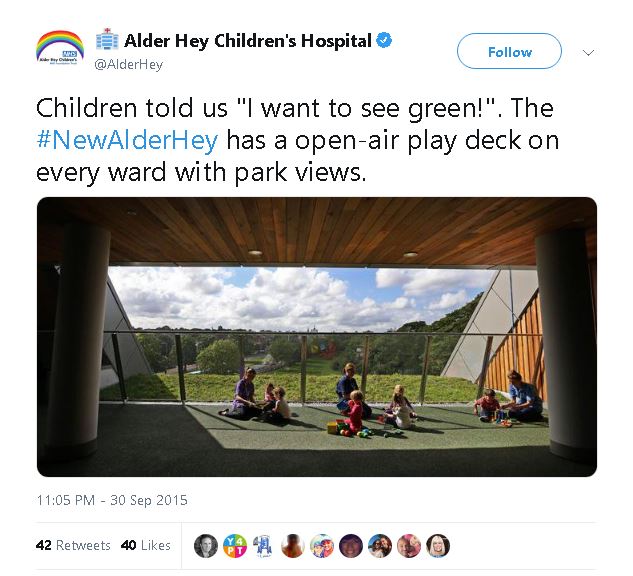
Mitigate water run-off and become part of a Sustainable Drainage System (SUDs)
There are now many initiatives around the world to avoid flooding and manage water run-off. For example China has developed a model for Shanghai by creating an area called a ‘Sponge City’ and San Francisco has introduced a new law with the requirement that 15 – 30% of most new construction has a green roof. Germany are perhaps the leaders in this as can be seen in this table detailing some of the European green roof market:
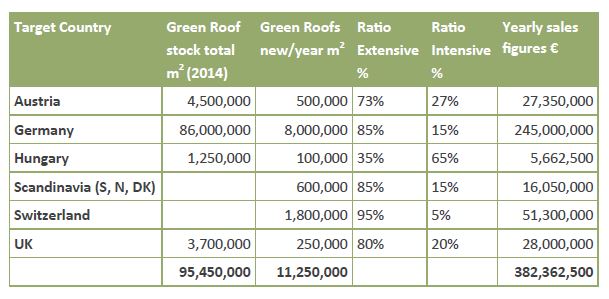
One of the reasons Germany has built so many green roofs is that there are grants and subsidies of up to 60% to do so. To reduce flooding risk, Germans are also taxed on the amount of water that runs off their roofs and into the sewers as a way of reducing flooding. This ‘carrot and stick’ approach provides an incentive to including a green roof in any development.
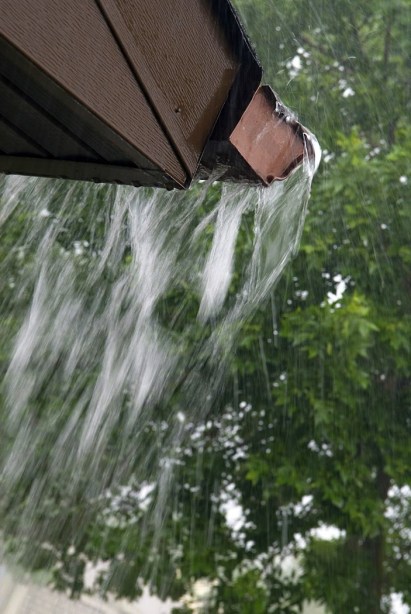
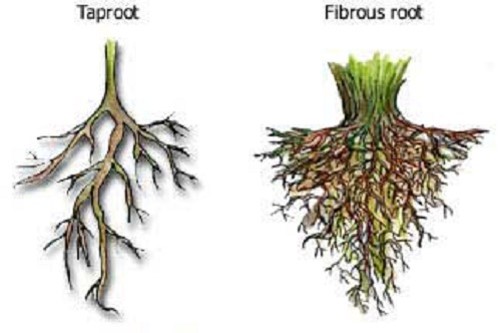
General considerations for wild flower green roofs
Choose the right substrate
Do use a substrate that is high in organic matter and make sure it is deep enough. We use a substrate that has a minimum organic matter content of 90% and we recommend a minimum depth of 100mm. This will help to keep the plants healthy and provide a reservoir of enough moisture to transpire and thrive. Unlike sedum, wild flowers need enough moisture to stay green and avoid drought stress. They will survive long term in drought conditions but will go brown. All is not lost if this happens but, if for no other reason, consider this from an aesthetic view point. Is it acceptable for a roof to go brown? Substrate make up plays a large part in this (as will irrigation).
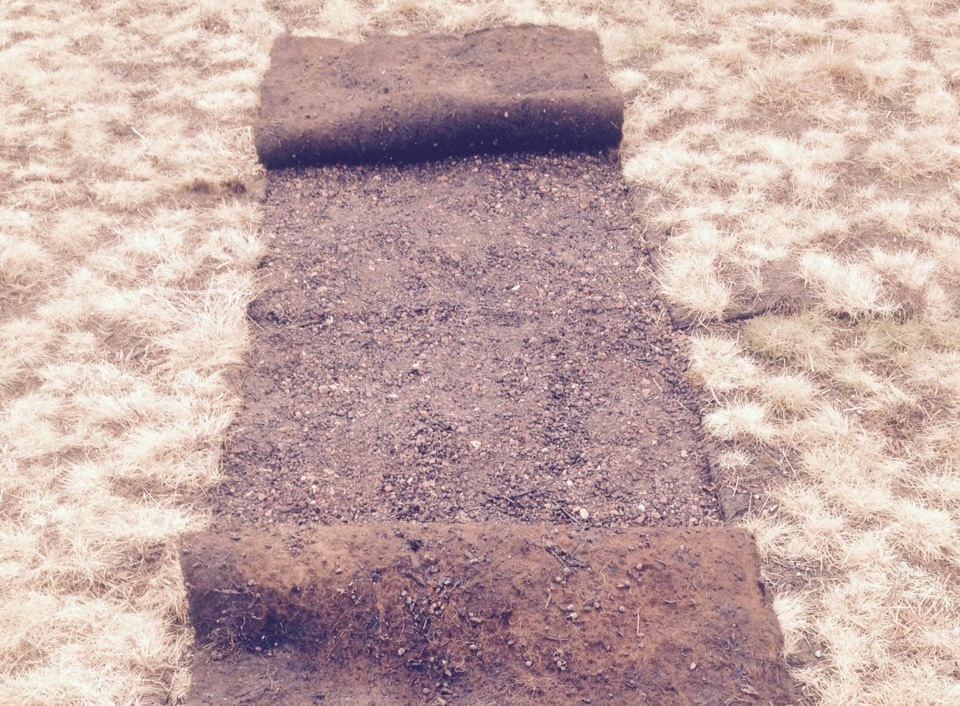
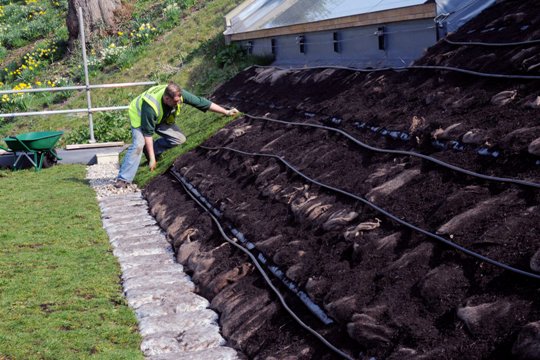
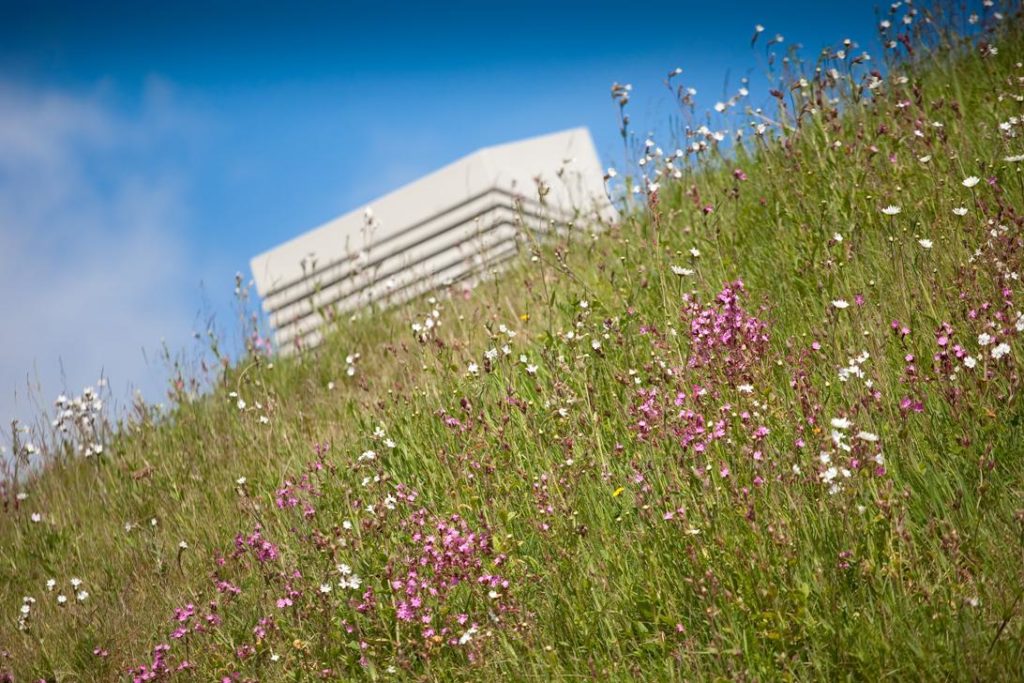
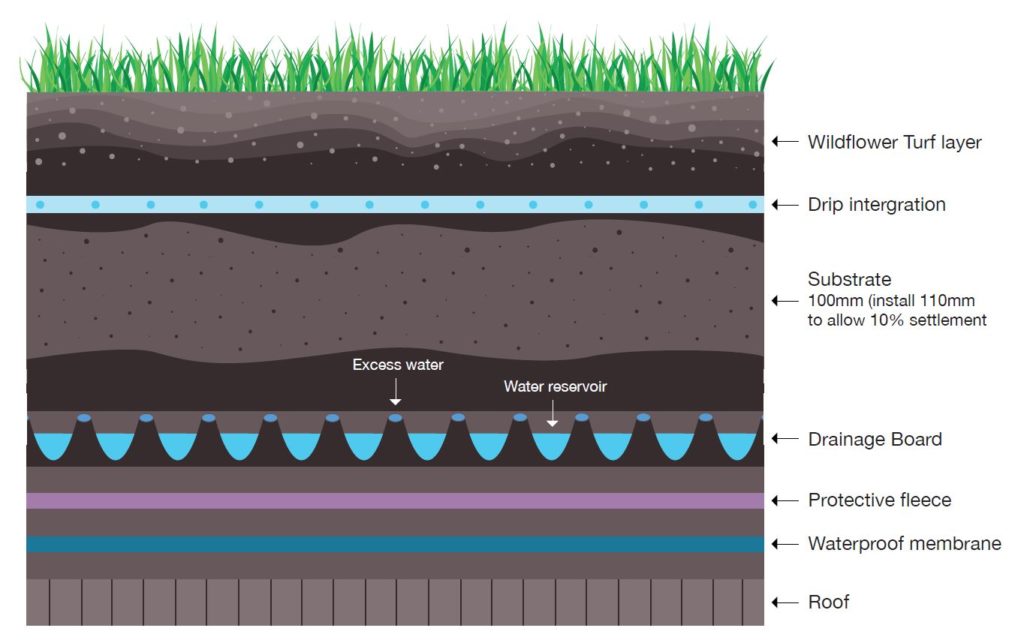
Consider irrigation
Irrigation is often asked about and most people want to avoid it if possible. It is possible to have a wild flower green roof without irrigation, but it helps to go deeper with the growing medium to support the amount of green material that a wildflower meadow has to sustain. Also be prepared for the roof to go brown when under drought stress – this is inevitable during a long dry spell, when the plants roots are limited to the depth of the substrate, and if the roof is not irrigated. In nature, their roots would normally find their way down into the soil to a depth of metres so they can access moisture found there, however this is not possible in a green roof scenario.
In order to avoid the ‘drought-look’, install irrigation. This needn’t be run daily or even weekly, but helps during an extended dry spell. Soak the layer of growing medium as this will sustain the plants for some time. So with good irrigation, and a 100mm deep substrate, watering might only be needed four or five times through the year. The irrigation system can be very simple with a flat roof if flood irrigation is designed into the roof.
Case Studies
In the webinar, I looked at a series of case studies and concentrated on a wild flower green roof we have on site that covers a stable block. This is a detailed case study that looks at the practical requirements for a green roof. At 12 years old, the stable roof is the oldest green roofs using Wildflower Turf.
This case study looks at the installation and make up of materials that we used including reinforcing the roof to take the load and the way we installed the substrate.
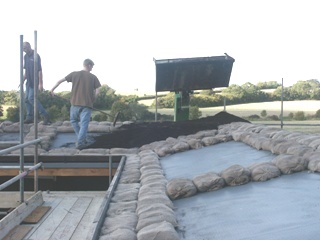
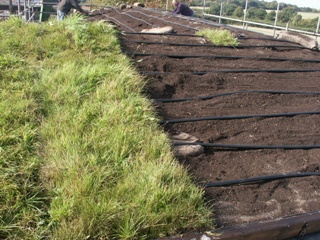
It then went through the typical seasonal variations in the look of a wildflower green roof and the sort of growth patterns that can be expected.
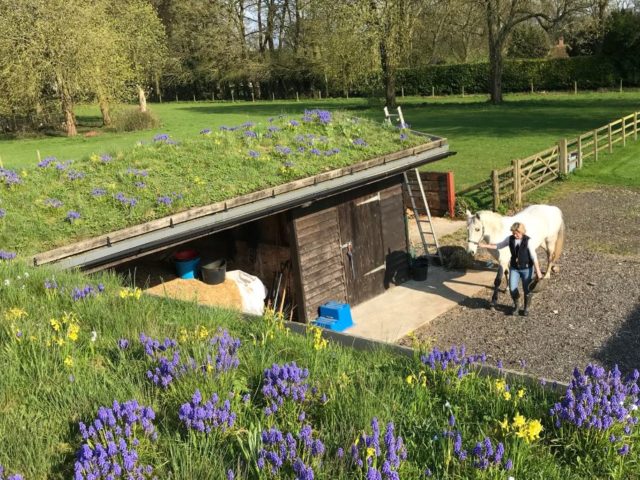
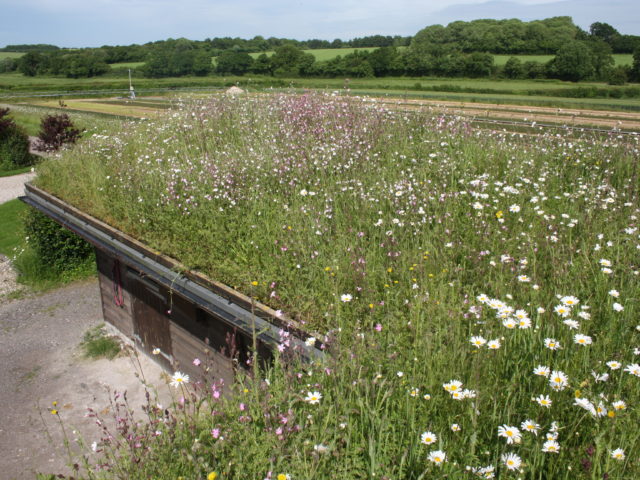
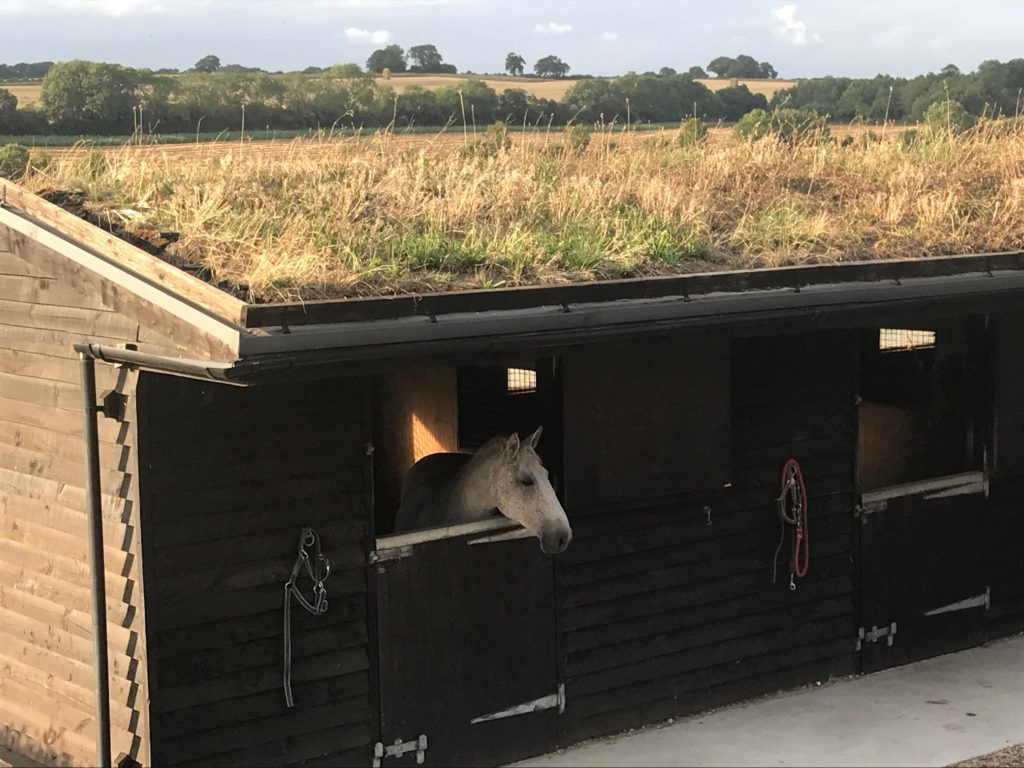
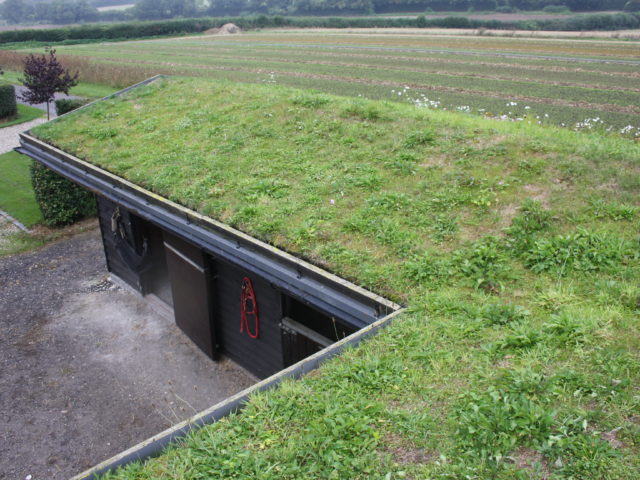
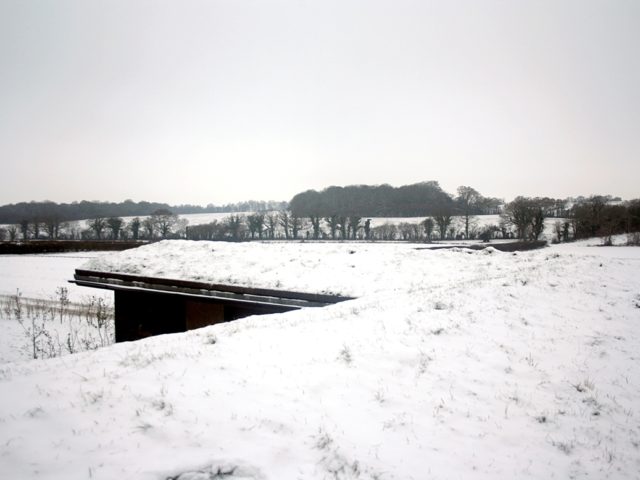
I finished with what to expect by way of maintenance requirements and what we have done over the 12 years in the life of this stable roof. This is essentially one cut and remove per year.
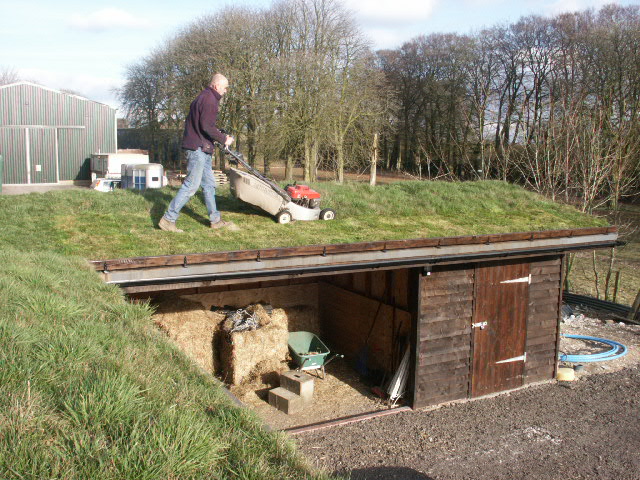
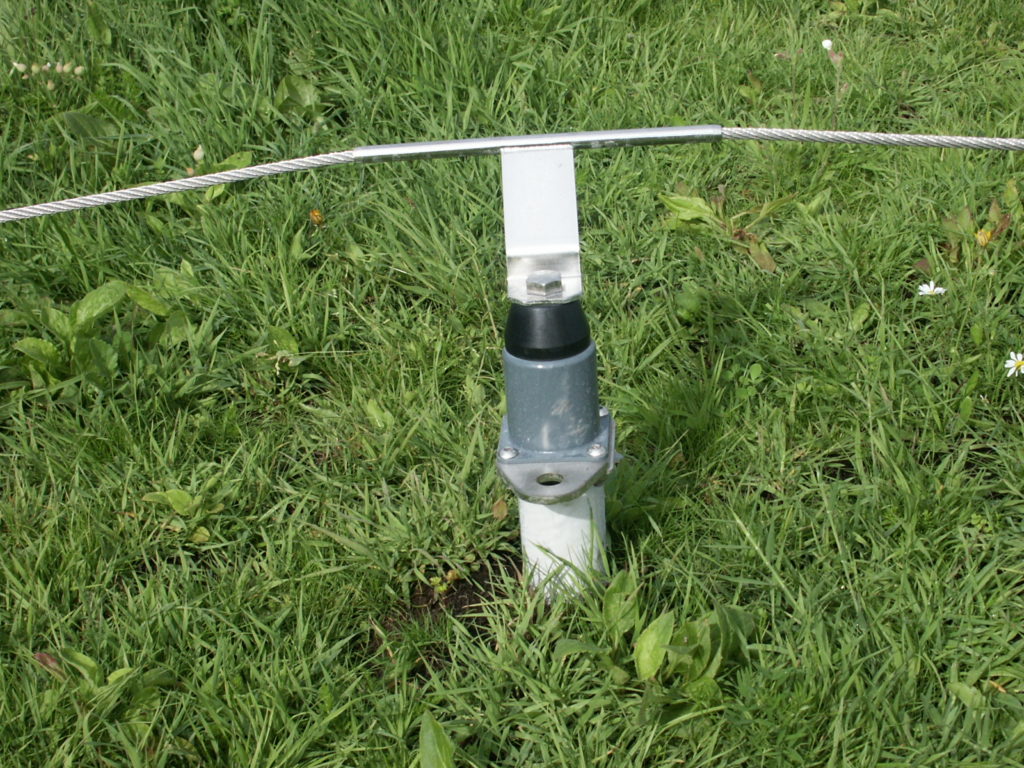
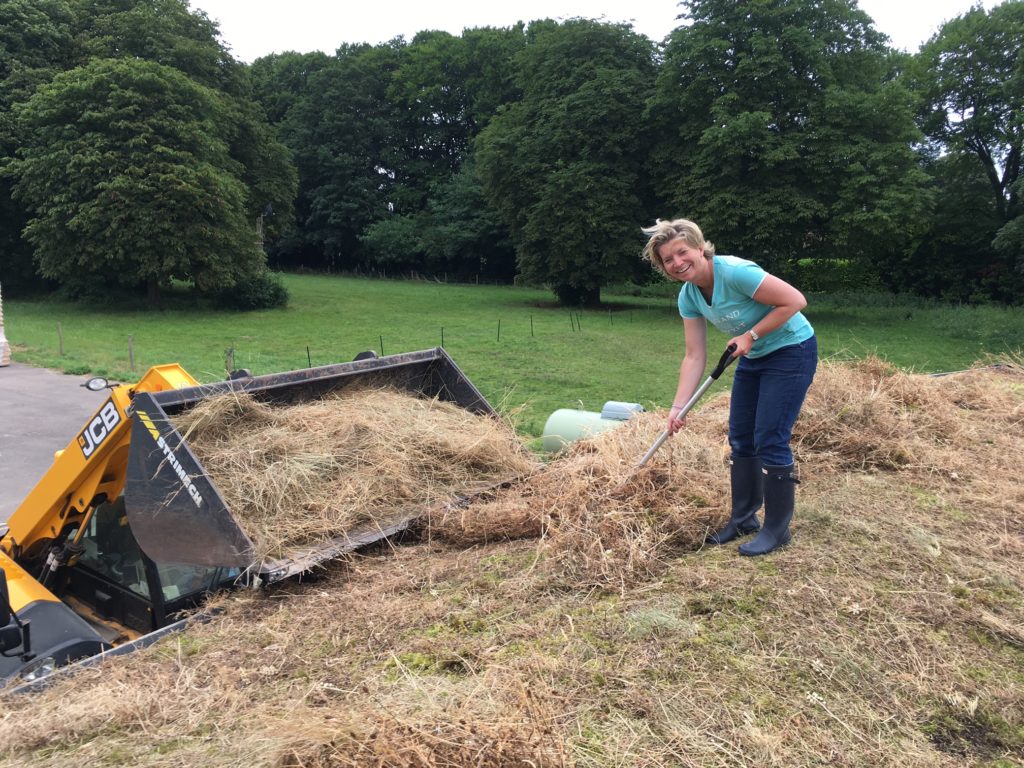
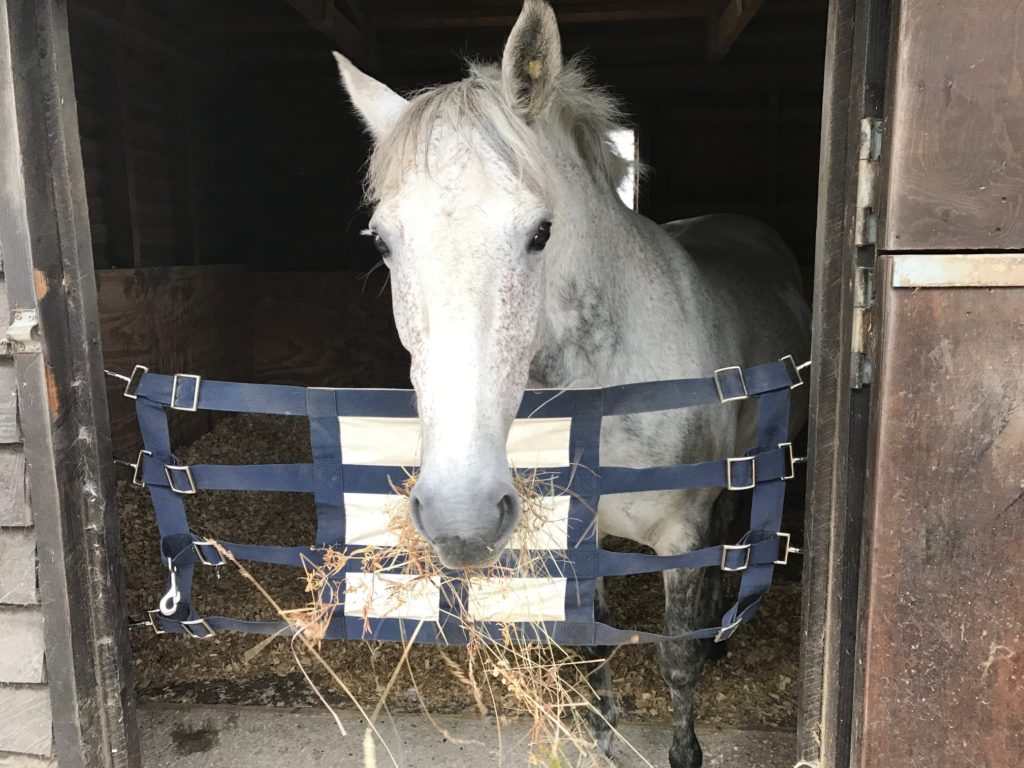
In the webinar, I went through other more commercially inclined case studies, such as the already mentioned Alder Hey children’s hospital and Paultons Park wild flower green roofs.
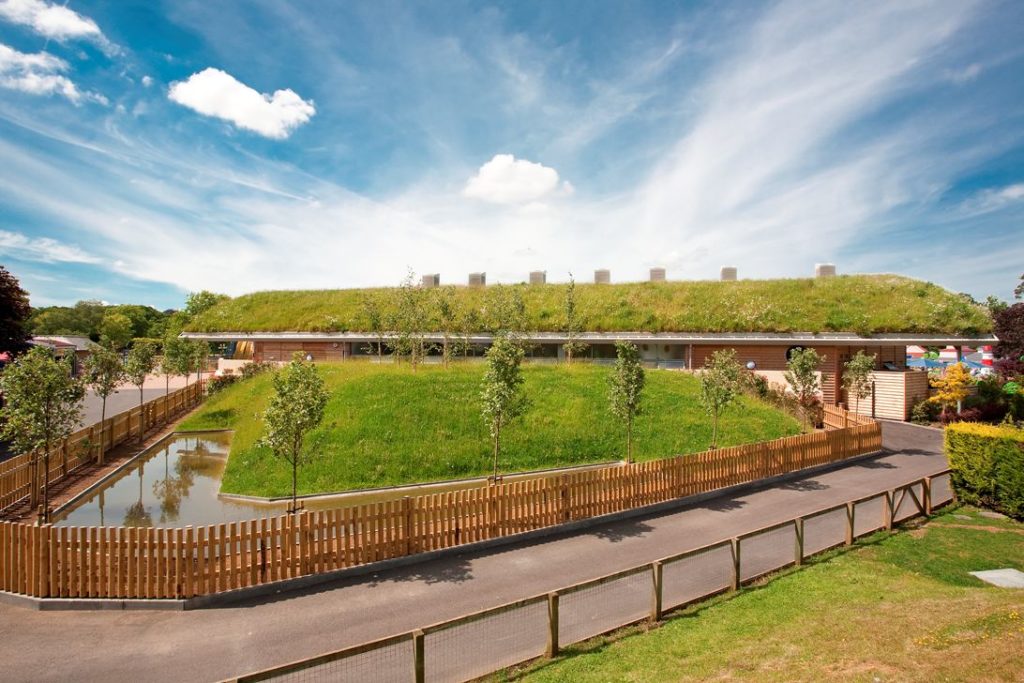
In conclusion, there are very few green roofs where wild flowers can’t work. Their inclusion will boost biodiversity and wildlife. They look great and offer benefits over and above conventional roofing systems. As the demand for green infrastructure increases there is likelihood that regulations will make their inclusion mandatory, whilst at the same time grants and subsidies could be initiated to increase their uptake in any new development.
Wild flowers are a great finish for any green roof!
If you would like more detail on all the above please listen to our recent webinar on the subject Green Roof Webinar
Or give us a call to talk it through on 01256 771222.